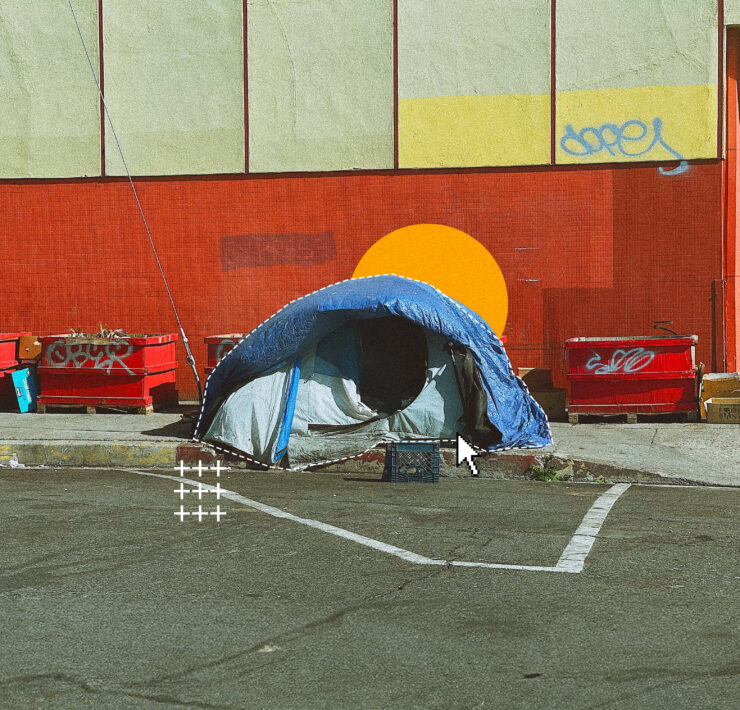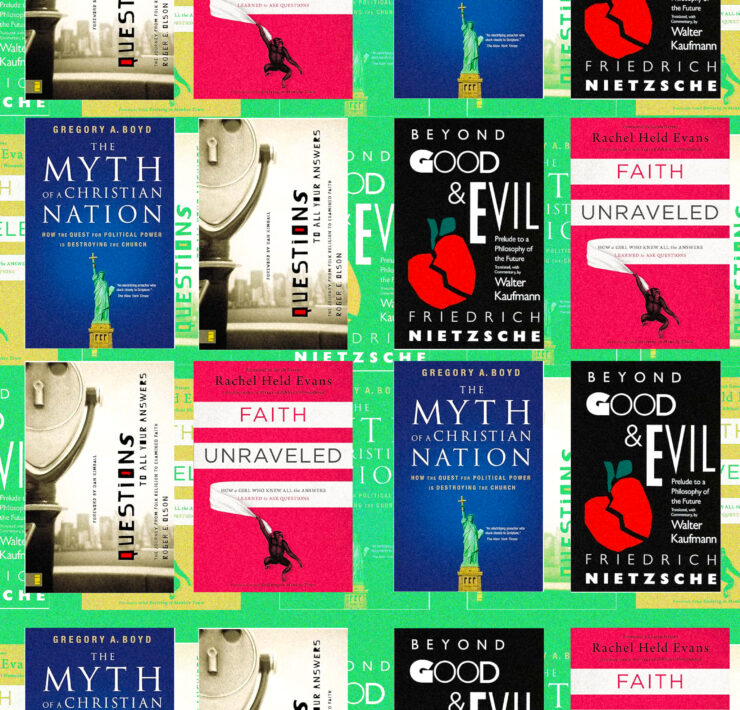
An ancient Christian mosaic bearing an early reference to Jesus as God is at the center of a controversy over whether it should be loaned to a US museum.
The Megiddo Mosaic was discovered back in 2005 at a Roman-era village near the site of the prophesied Armageddon in northern Israel. It is believed to be from the world’s earliest Christian prayer hall.
Now, Israeli officials are considering loaning the mosaic to the Museum of the Bible in Washington, DC. The Israeli Antiquities Authority, which is responsible for the mosaic, said it will make a decision about the loan in the coming weeks.
“There’s an entire process that academics and archaeologists are involved with,” said IAA director Eli Eskozido.
He also added that moving the mosaic was necessary in order to protect it from upcoming construction at the nearby prison.
However, the museum has been met with recent controversy, as archaeologists have criticized it for its collecting practices and for promoting an “evangelical Christian political agenda.”
Some archaeologists and academics have objected to the loan, saying that the mosaic would be better displayed in its original location. They also worry that the museum would use the mosaic to promote its own religious beliefs.
“My worry is that this mosaic will lose its actual historical context and be given an ideological context that continues to help the museum tell its story,” said Cavan Concannon, a religion professor at the University of Southern California.
Other academics worry that removing the mosaic from its context will alter its meaning.
“Once you take any artifact outside of its archaeological context, it loses something, it loses a sense of the space and the environment in which it was first excavated,” said Candida Moss, a University of Birmingham theology professor.






















